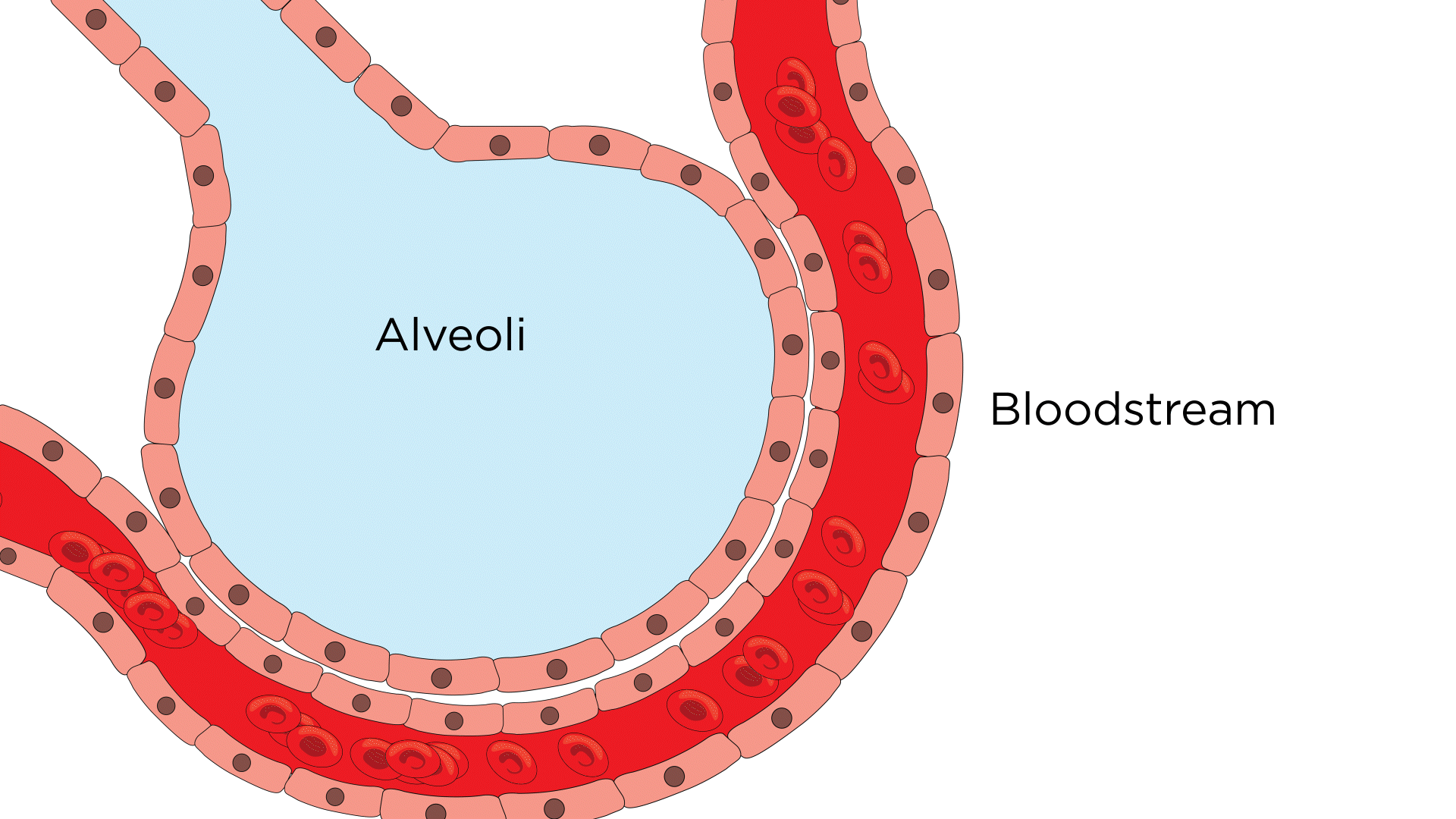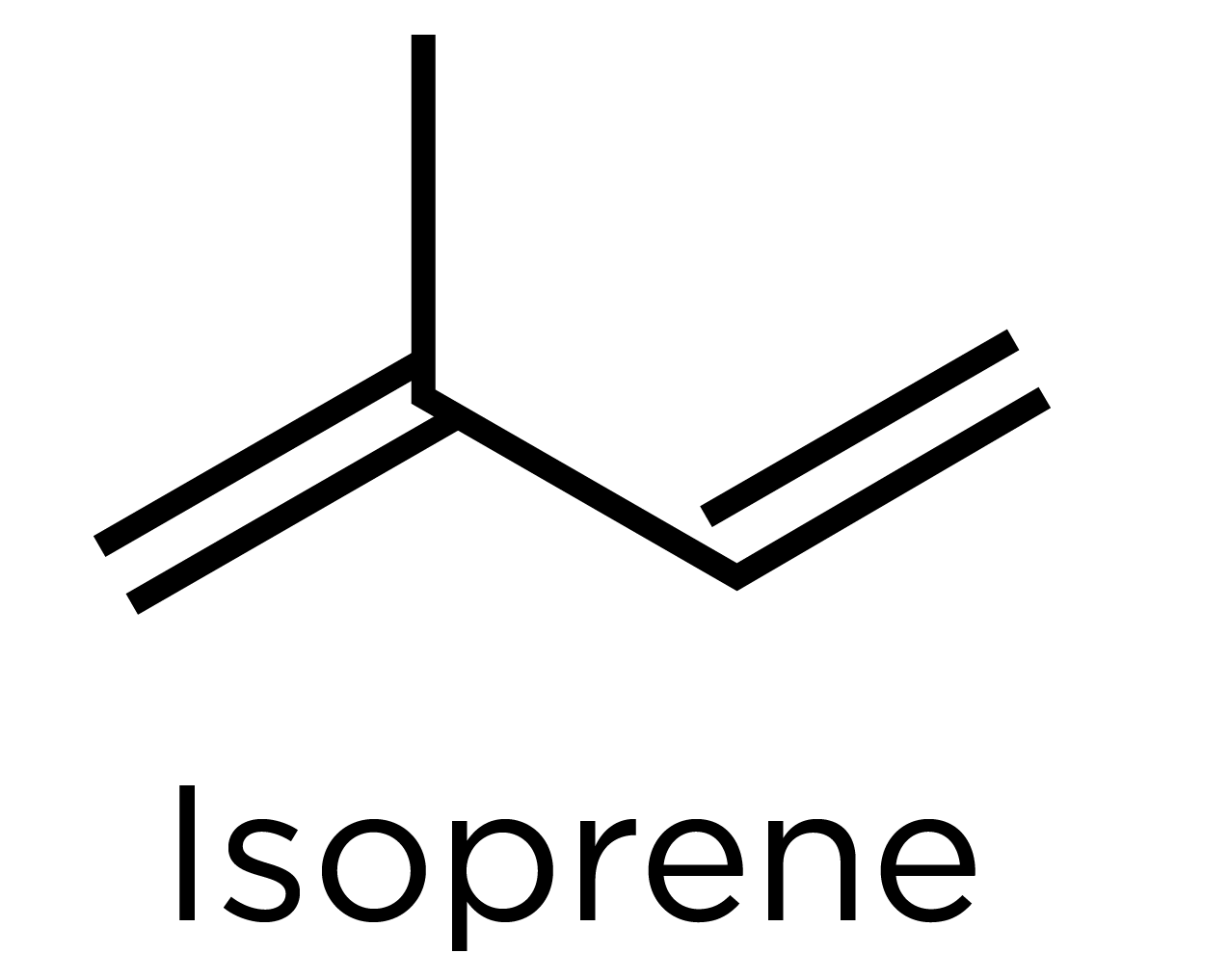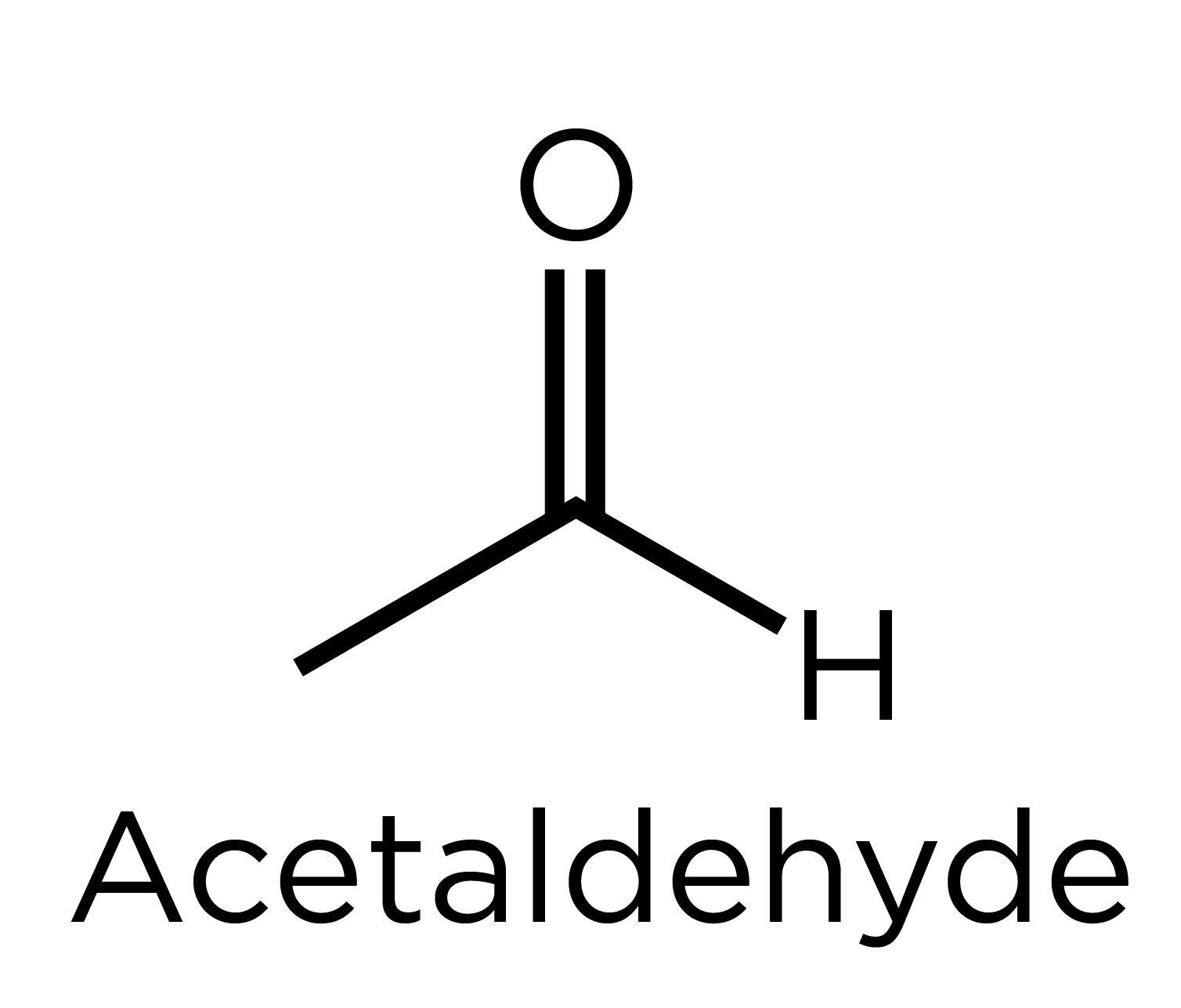What compounds are contained in exhaled breath?
Published on: 7 Jul 2023, under Breath Biopsy
In the second installment of our introductory blog series, we will cover:
- What is contained within exhaled breath?
- What chemicals end up in the breath?
- The Breath Biopsy VOC Atlas: a dedicated catalog of compounds in exhaled breath.
What is contained within exhaled breath?
When we breathe, air containing the essential atmospheric gas oxygen from the outside enters our lungs. The surface of the alveolar membrane in the lungs is very vascular (meaning that it has many blood vessels like capillaries) and is the site of gas exchange of oxygen from the outside air into the body, and carbon dioxide into the lungs to be exhaled. Certain processes in the body produce volatile compounds (endogenous), which can diffuse away from their point of origin to the blood in nearby blood vessels. Once in the blood, they can travel systemically throughout the body through the circulatory system. The alveolar membrane can also serve as a launch pad from which volatile chemicals in the blood can take flight and into the air, resulting in the breath containing volatile compounds produced from all around the body. These volatile compounds are known as volatile organic compounds (VOCs) or volatile metabolites, and can be exhaled and detected in exhaled breath.
Some gases are already measured in exhaled breath as part of diagnostic tests. This includes measuring the levels of hydrogen and methane after a test food substance is given to indicate the presence of a carbohydrate malabsorption condition such as lactose intolerance. Yet there are plenty of volatile compounds in the breath that have the potential to be used in clinical settings. Breath research studies often report hundreds of compounds in each breath sample, but a significant number of these would have been inhaled from the surrounding air (exogenous). Both endogenously and exogenously originating volatile compounds can be informative in different contexts, which will be explored in more detail in the next blog. To translate more breath-based biomarkers into clinical use, we must first understand breath as a biological matrix, what chemicals are contained within the breath, and what characteristics breath-borne chemicals have.
What chemicals end up in the breath?
To be detected in breath, there are a few characteristics that a chemical generated in the body must be. The most important is that the compound must be volatile. This means that it has a high vapor pressure and low boiling point, so is gaseous at room temperature, which is essential for compounds to enter the air in the lungs from the bloodstream. The typical size range of chemicals that can be detected and identified using our systems is 50 – 600 molecular weight (Da). There is a diverse assortment of compounds detectable in breath from a range of chemical classes including, alcohols, hydrocarbons, fatty acids, and many more.
One of the most abundant chemicals found in exhaled breath is isoprene, and it is considered to be the most abundantly produced biogenic volatile organic compound (BVOC) on Earth, as it is produced and emitted by plants, especially trees, into the atmosphere (1).
Isoprene is a hemiterpene, meaning that it contains five carbon atoms, and has a boiling point of roughly 34°C. This means that it exists primarily as a gas at body temperature (approximately 37°C), meeting the key criteria of being able to volatilize into the air from the bloodstream to be detectable in exhaled breath. In the body, isoprene is a product of cholesterol biosynthesis, a process that can be altered in states of disease including pulmonary arterial hypertension.
Acetaldehyde is also very enriched in human breath, an aldehyde with a strong, fruity odor that is produced in the body through a variety of mechanisms.
These include the breakdown of ethanol in the liver, immune cells such as eosinophils and neutrophils, and bacterial metabolism (2). Due to its boiling point being near room temperature, it exists as a gas in the body. Unfortunately, despite being produced naturally in the body acetaldehyde is carcinogenic, and under normal, healthy conditions is rapidly broken down. After excessive periods of alcohol consumption, levels of acetaldehyde in the body can spike – the effects of which are thought to be a major contributing factor towards a hangover.
An enriched group of volatile compounds in human breath that have many exciting potential links to disease processes in the body are the short-chain fatty acids (SCFAs), which are saturated carboxylic acids with aliphatic tails between the 1 and 6 carbons. Three SCFAs in particular, acetate, propionate, and butyrate, make up 90-95% of the SCFAs produced by the microbiota in the colon (3), and decreased levels of the SCFAs have been linked to the development of conditions such as colorectal cancer (4).
The Breath Biopsy VOC Atlas: a dedicated catalog of compounds in exhaled breath
There are many chemicals that are detectable in breath, hundreds of which have been identified, characterized, and associated with states of health and disease within the body. Owlstone Medical has developed the Breath Biopsy VOC Atlas, a database of volatile compounds that have been shown to be contained in human breath (excluding environmental contaminants) through extensive study in a heterogeneous group of volunteers. The database currently contains over 150 validated chemicals along with their average concentrations to map out the normal variation, and therefore this data act as a robust comparison group when measuring potential breath biomarkers in clinical research studies involving breath. This data will expand as more study is conducted and is available to access for any of our Breath Biopsy OMNI customers, our complete end-to-end optimized service for breath analysis.
Breath is a complex matrix, and the unique chemical signature of someone’s breath can provide insight into the processes ongoing in their body. To read more about the endogenous and exogenous origins of volatile compounds in breath, read the next blog in our introductory series.
Analysis of volatile compounds in exhaled breath, or those emitted from in vitro samples can an incorporated in a variety of innovative ways in your research. If you are interested in finding out how you could incorporate breath analysis in your research, please do not hesitate to contact us.
References
- Laothawornkitkul J, Taylor JE, Paul ND, Hewitt CN. Biogenic volatile organic compounds in the Earth system. New Phytologist. 2009;183(1):27–51. DOI: 10.1111/j.1469-8137.2009.02859.x
- Belizário JE, Faintuch J, Malpartida MG. Breath biopsy and discovery of exclusive volatile organic compounds for diagnosis of infectious diseases. Frontiers in cellular and infection microbiology. 2021 Jan 7;10:564194. DOI: 10.3389/fcimb.2020.564194
- Lee JH, Zhu J. Analyses of short-chain fatty acids and exhaled breath volatiles in dietary intervention trials for metabolic diseases. Experimental Biology and Medicine. 2021 Apr;246(7):778-89. DOI: 10.1177/1535370220979952
- Louis P, Hold GL, Flint HJ. The gut microbiota, bacterial metabolites and colorectal cancer. Nat Rev Microbiol. 2014 Oct;12(10):661–72. DOI: 10.1038/nrmicro3344




